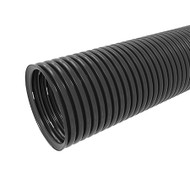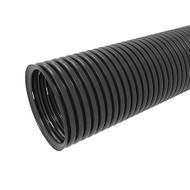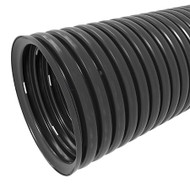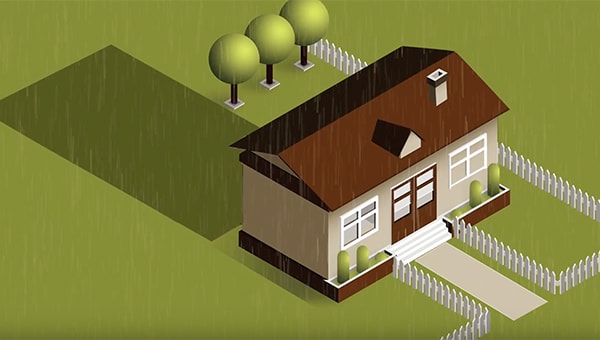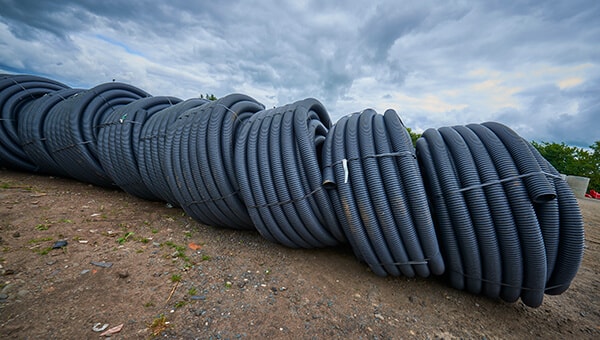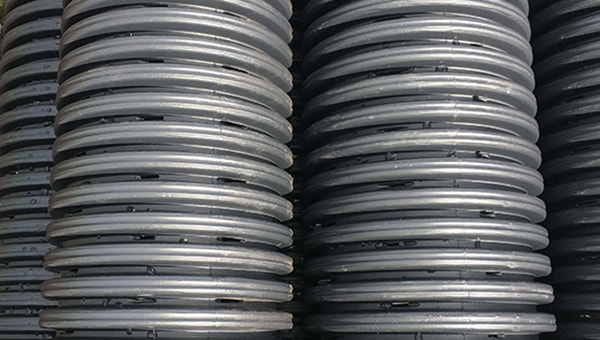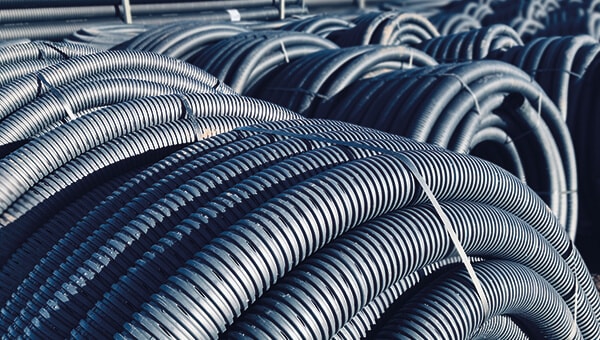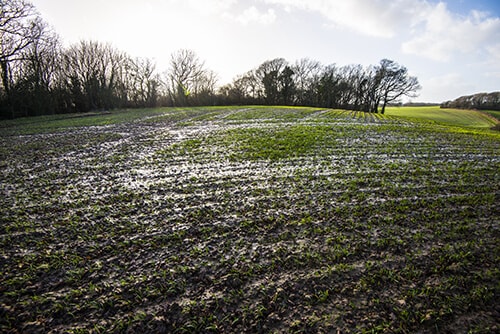
In the drainage world there are two very important seasons for a farmer- drainage seasons! Drainage season takes place twice a year, once in March/April and secondly in September/October. During these seasons it’s vitally important that farmers prepare their land for the next crop season. Without these high crop yields, the agricultural industry would not be able to thrive.
The best way to ensure your crops and your land are protected from the wet weather is to install some land drain. Flexible land drain comes in various diameters and lengths from JDP and is available either perforated or unperforated. Installing land drain increases yields and maximises their quality.
The benefits of installing land drain
- Drainage ensures that your soil is properly aerated. If there is too much standing excess water, it can congest your crops.
- If you have a slope, installing drainage on the slope can reduce the risk of soil slippage.
- Drainage ensures good soil structure which is good for root development.
- Drainage systems in farms can stop soil erosion; if water sits in soil for a long period of time, the soil can start to erode, meaning your crops have a reduced chance of success.
- It can increase your land value; well drained areas of land are worth more than un-drained, poor quality land. And, with the demand for arable land on the rise it’s important to keep the land you have, in good condition and get the most out of it, whether you are selling or growing.
- Drainage can also extend your growing season.
- Installing drainage on your farm can also benefit your machinery in tractors. Better traction on the land can mean your tractors drive more efficiently, saving you more fuel.
- There is also less chance of any machinery getting stuck in water bogged, wet areas.
How long does the process take and what costs are involved?
The process of installing land drain on your farm is dependant on size of area, how much pipe is being laid and how many people are involved. The bigger the area, the more land drain you will need to install, which in turn will increase the amount of time it takes to install.
A big chunk of the install process time is taken up digging the trench and lining with geotextile. Get more information on how to install land drain here.




